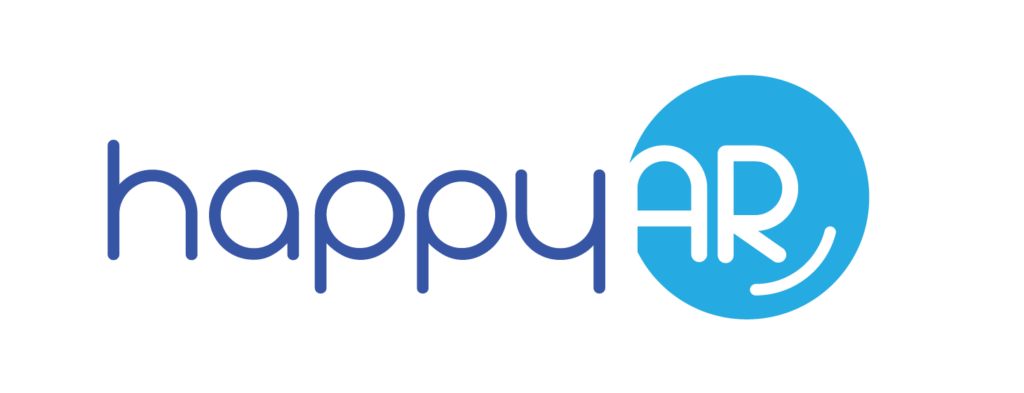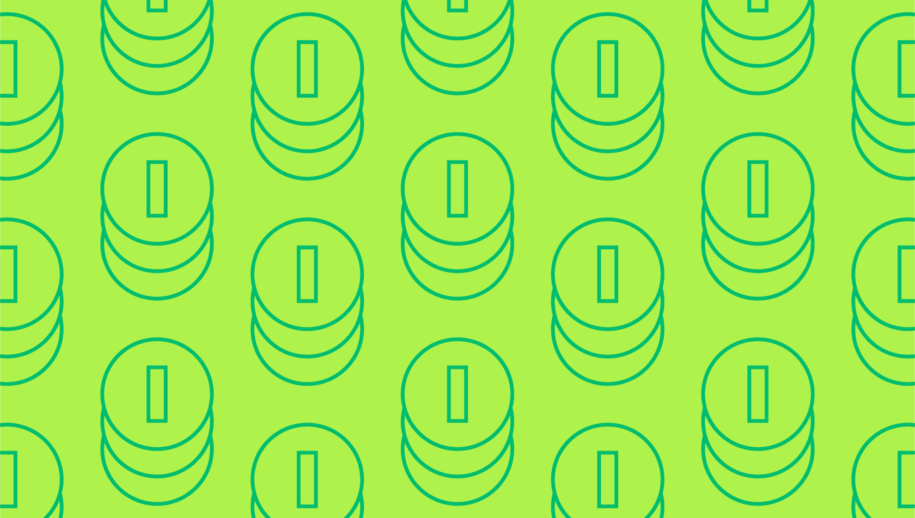When a company's accountant or bookkeeper opens up the subsidiary ledger to check the account balances, occasionally, they may run into a situation where they have a credit balance.
A credit balance can seem odd because it indicates that your company owes money to a customer or vendor, rather than the other way around. Don't let this throw you off — credit balances are common occurrences and aren't necessarily a problem.
What Is a Credit Balance?
A credit balance is a situation in which your company was overpaid for a product or service after sending out an invoice. It's the opposite of a debit balance, which would represent an amount still owed to you.
Debits go into accounts receivable, while credits go into accounts payable.

Why Is a Credit Balance Bad?

A credit balance, like accounts payable, is a liability for the company. In essence, it's money you shouldn't have because it's owed to someone else. Failing to handle credit balances quickly or properly can negatively affect your cash flow.
Because high amounts in accounts payable can be used to show that your business is successful and can be trusted with a loan, credit providers will give favorable borrowing rates.
Conversely, high amounts of accounts payable or credit balances indicate your company is less able to handle the cash flow. Any borrowing you do will likely have higher interest rates, increased late fees, and harsher payment plans.
What Are Some Reasons for Credit Balances?

There is no single way to arrive at a credit balance. Sometimes, they can be the result of a mistake by a customer, a typo by a lender, or an intentional overcharge.
Accidental Overpayments

Perhaps you sent an invoice to a customer and they paid more than they owed. This would leave you with more money than you should have. Don't let the name "credit balance" fool you —, overpayments made with credit cards, debit cards, direct withdrawal from bank accounts, or even paper checks are all the same thing according to your ledger.
How to Fix It
First, talk with the customer to see what they want to do. You could offer to put the credit towards a future purchase, or in the case of recurring payments such as utilities, put it towards their next invoice.
You can also refund credit balances back to the customer via their debit or credit card account. The card issuer can then pay the customer directly, often with a paper check or direct deposit.
If you were paid directly from a bank account or with cash disbursements, you can refund the money yourself.
For some clarity, credit card payments must be refunded to the original credit card. However, it's possible to run into an issue in which the credit card is no longer valid. You may be able to refund the money to an alternate card if the customer has more than one on file.
To preserve your relationship with the customer, as well as their credit score, you'll want to handle this quickly but accurately!
Invoice Error and Payment Duplication

Humans are fallible, and even with accounting software, mistakes can still happen. Perhaps a missing comma or decimal point created confusion or payment was run twice instead of once. These mistakes can take place within your accounting department or on the customer's end.
How to Fix It
First, find the source of the error. Was it a typo? Was it a double payment? Don't let the problem linger. The more business days that go by, the longer you have this liability on your books.
Once you find the source of the error, look for ways to avoid the problem in the future. Perhaps someone typed a figure in by hand or copied and pasted a figure they shouldn't have. Finding a way to automate more of the processes can take people out of those sensitive workflows and ensure greater accuracy in the future.
As for why a customer would send a double payment, there may be a glitch in a payment portal or the interface could be confusing. Talk with your software provider and/or IT department to identify and rectify the problem.
Discounts

After a customer orders a product or service, but before they pay, your company might reduce the price. This could be due to a promotion or sale. Perhaps the product is an older model and a new model just debuted.
In either case, it's good business to offer the new lower price to your customer.
How to Fix It
As in previous entries, you'll want to refund your customer the difference. Make sure they are aware of the reason that they are receiving a credit, too.
Returns

Customers do occasionally return goods. Unless you provided a disclaimer stating that you don't accept returns, you'll have a credit balance you owe the customer.
How to Fix It
As above, refund the customer's payment. This can be a bit of a headache because the product may not be in good enough condition to resell.
Intentional Overpayment
You may have cash flow issues that called for customers to pay a deposit on future product and service purchases. This advance payment would count as a credit balance.
How to Fix It
Improving your cash flow should remedy this problem over time. Ideally, you won't have to ask for advance payments in the future.
Title IV Credit Balance

There's one more type of credit balance. Students might receive Title IV financial aid in a student account, but sometimes, the amount received is more than they need for tuition, fees, housing, and meal plans.
If the school has received authorization, they may hold the funds until the end of the school year or pay the student via EFT for a direct deposit into the student's bank account. Otherwise, the student will be issued a paper check for the amount.
Thanks for reading! To learn more about HappyAR please read below…
———————————————————————
HappyAR is a seamless SaaS that quickly and easily boosts your accounts receivables work. We save companies of all sizes thousands of dollars each year by optimizing the speed and efficiency of their collections methods. No more guessing if someone has received an invoice or trusting that it will be paid on time. This is a fully integrated solution that pays for itself over and over each month by preventing defaults and preserving client relationships.
HappyAR is an ever-evolving toolkit that helps optimize your invoice collections process and our solution starts at $0/month and scales up based on your invoice volume. Visit us at www.happyar.com to learn more.

